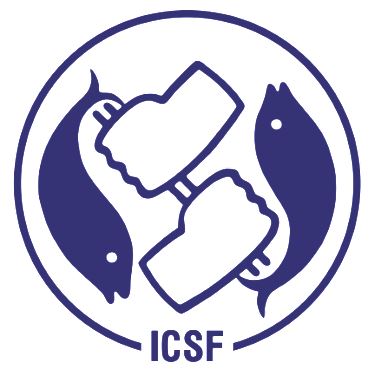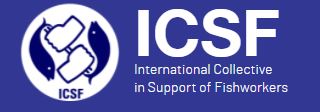Bastardie, Francois and Astarloa, Amaia and Binch, Logan and Bitetto, Isabella and Damalas, Dimitrios and Depestele, Jochen and Hernvann, Pierre-Yves and Lehuta, Sigrid and Letschert, Jonas and Maina, Irida and Mahevas, Stephanie and Papantoniou, Georgia and Puts, Miriam and Romagnoni, Giovanni and Spedicato, Maria Teresa and Sys, Klaas and Tsikopoulou, Irini and Hoey, Gert Van and Zupa, Walter and Rindorf, Anna (2025) Anticipating how spatial fishing restrictions in EU waters perform to protect marine species, habitats, and dependent fisheries. Frontiers in Marine Science, 12. p. 22.
Full text not available from this repository. (Request a copy)Abstract
This study investigates the implications of spatial management strategies on fish populations and fisheries across EU waters, particularly focusing on establishing potential areas for fishing closures to protect nurseries, benthic communities, and biodiversity hotspots in the Northeast Atlantic and Mediterranean Sea. The research addresses the effectiveness of prohibiting certain fishing practices in the context of the EU Common Fisheries Policy (CFP). We investigate spatial- and effort-based fisheries management strategies based on spatial ecosystem modelling, which provides insights into species interactions and distribution shifts, and bioeconomic fisheries models which incorporate finely defined fishing fleets and economic dynamics. Our findings emphasize that redistributing fishing effort without reducing overall effort and catches may negate intended decreases in mortality rates of sensitive marine species or restoration of vulnerable marine habitats to the status targeted by the European marine legislation (EU Marine Strategy Framework Directive MSFD). We highlight the complex interplay of social, economic, ecological, and institutional factors influencing fishers’ decision-making in effort displacement. As the proportion of closed regions increases, potential effects on marine ecosystems can even be damaging in the short term to some sensitive species (such as the endangered, threatened and protected species ETP) and vulnerable habitats (with currently high relative benthic status RBS). This emphasizes the importance of the placement of closed areas and of combining area-based management with other fishery management measures. Findings from case studies in the North Sea, Mediterranean Sea, and Bay of Biscay indicate that prohibiting certain fishing practices in designated areas will likely induce short-term economic losses on specific fishing fleets. Where the prohibitions contribute to improved selectivity or productivity of the fish stocks, these losses may be regained in the long term. Finally, the long-term benefits for marine life that are expected through the spatial protection of vulnerable life stages and habitats will rely on the extent to which climate change affects ocean productivity and distribution of species and habitats.
| Item Type: | Articles |
|---|---|
| Keywords: | EU, Common Fisheries Policy (CFP), Biodiversity, Conservation, Fishing Fleets, Fishing Effort, Climate Change, Fish Stocks, Marine Ecosystem, Marine Species, Legislation, MPA |
| Subjects: | Biodiversity |
| Depositing User: | Kokila ICSF Krish |
| Date Deposited: | 18 Sep 2025 10:44 |
| Last Modified: | 18 Sep 2025 10:44 |
| URI: | http://icsfarchives.net/id/eprint/22424 |
Actions (login required)
 |
View Item |


